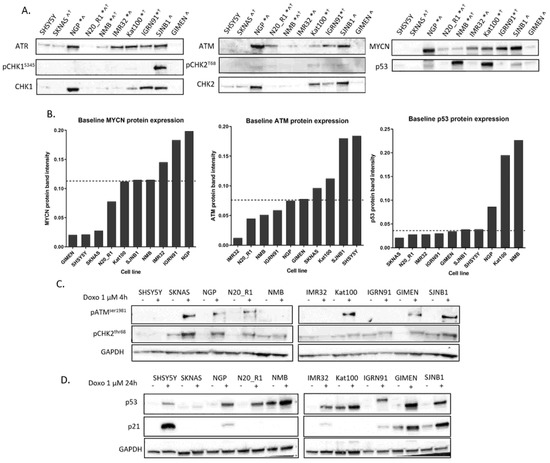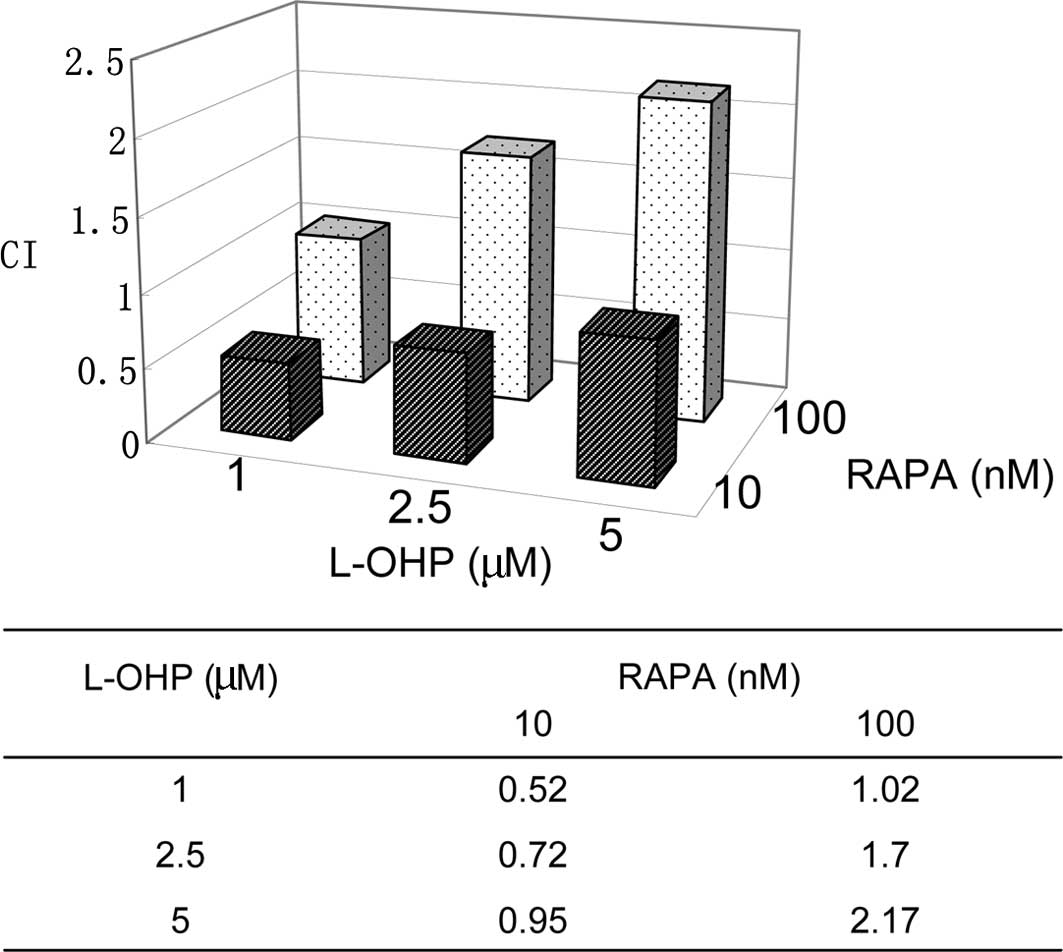

Firstly, we verified across a panel of normal and cancer cell lines with differing p53 status ( Supplementary Table 1) that treatment with a lethal dose of APR-246 resulted in higher intracellular ROS ( Fig. Using oesophageal cancer as a model, we characterized the mechanisms and consequences of ROS induction by APR-246. Collectively, we propose a novel strategy to target cancers that accumulate mut-p53, based on perturbation of the SLC7A11–GSH axis.ĪPR-246 triggers lipid peroxidation through depleting GSH Importantly, we show that endogenous expression of SLC7A11, a key component of system x C −, reliably predicts tumour response to these therapies.

In combination, these agents synergistically deplete mut-p53 cancers of GSH, leading to overwhelming ROS accumulation and extensive cell death. APR-246 and inhibitors of the cystine/glutamate antiporter, system x C −, take advantage of this vulnerability to selectively kill mut-p53 cancer cells. This creates an inherent predisposition to further oxidative stress that can be therapeutically harnessed. We demonstrate that high levels of mut-p53, through binding to NRF2 and impairing its canonical antioxidant activities, directly promote ROS accumulation in cancer cells. This led us to uncover a crucial link between mut-p53 and cellular redox modulation. In this study, we explore in detail the mechanisms and consequences of APR-246-induced oxidative stress. Thus, it is critical to further elucidate the key modulators of redox balance to design strategies that maximally exploit the redox differential between normal and cancer cells. Despite compelling preclinical data, human trials of prooxidants have been disappointing 7. These findings have led to the hypothesis that cancer cells with elevated ROS are sensitive to further oxidative insults and therefore can be selectively targeted.

However, ROS can be a double-edged sword, as excessive accumulation leads to oxidative damage and cell death. Mounting evidence indicates that cancer cells produce higher levels of ROS compared to normal cells, which in turn can activate mitogenic signalling and promote carcinogenesis 7. This fuels early speculation that there is potential cross-talk between mut-p53 and redox regulation 6. Recently, studies have shown that APR-246 can exert additional effects, particularly through antagonizing the glutathione (GSH) and thioredoxin reductase system 4, 5, leading to increased reactive oxygen species (ROS). This results in potent anti-tumour activity in preclinical models where drug sensitivity is strongly associated with levels of accumulated mut-p53 protein 3. Therefore, effective therapies to target mut-p53 cancers are urgently needed.ĪPR-246 (PRIMA-1 met) is the most clinically advanced mut-p53 targeting agent and has been shown to reactivate wt-p53 apoptotic functions 2. The loss of wild-type p53 (wt-p53) activity and acquisition of oncogenic gain-of-function, secondary to aberrant accumulation of mutant-p53 (mut-p53) protein, frequently results in aggressive tumour phenotypes and poor survival 1. The tumour suppressor gene TP53 is mutated in a large proportion of cancers. We propose a new paradigm for targeting cancers that accumulate mutant-p53 protein by inhibiting the SLC7A11–glutathione axis. Importantly, system x C − antagonism strongly synergizes with APR-246 to induce apoptosis in mutant-p53 tumours. Moreover, we demonstrate that SLC7A11 expression is a novel and robust predictive biomarker for APR-246, a first-in-class mutant-p53 reactivator that also binds and depletes glutathione in tumours, triggering lipid peroxidative cell death. System x C − inhibitors specifically exploit this vulnerability to preferentially kill cancer cells with stabilized mutant-p53 protein. This diminishes glutathione synthesis, rendering mutant-p53 tumours susceptible to oxidative damage. We show that accumulated mutant-p53 protein suppresses the expression of SLC7A11, a component of the cystine/glutamate antiporter, system x C −, through binding to the master antioxidant transcription factor NRF2.

Therapeutic strategies to target mutant-p53 cancers are urgently needed. TP53, a critical tumour suppressor gene, is mutated in over half of all cancers resulting in mutant-p53 protein accumulation and poor patient survival.


 0 kommentar(er)
0 kommentar(er)
